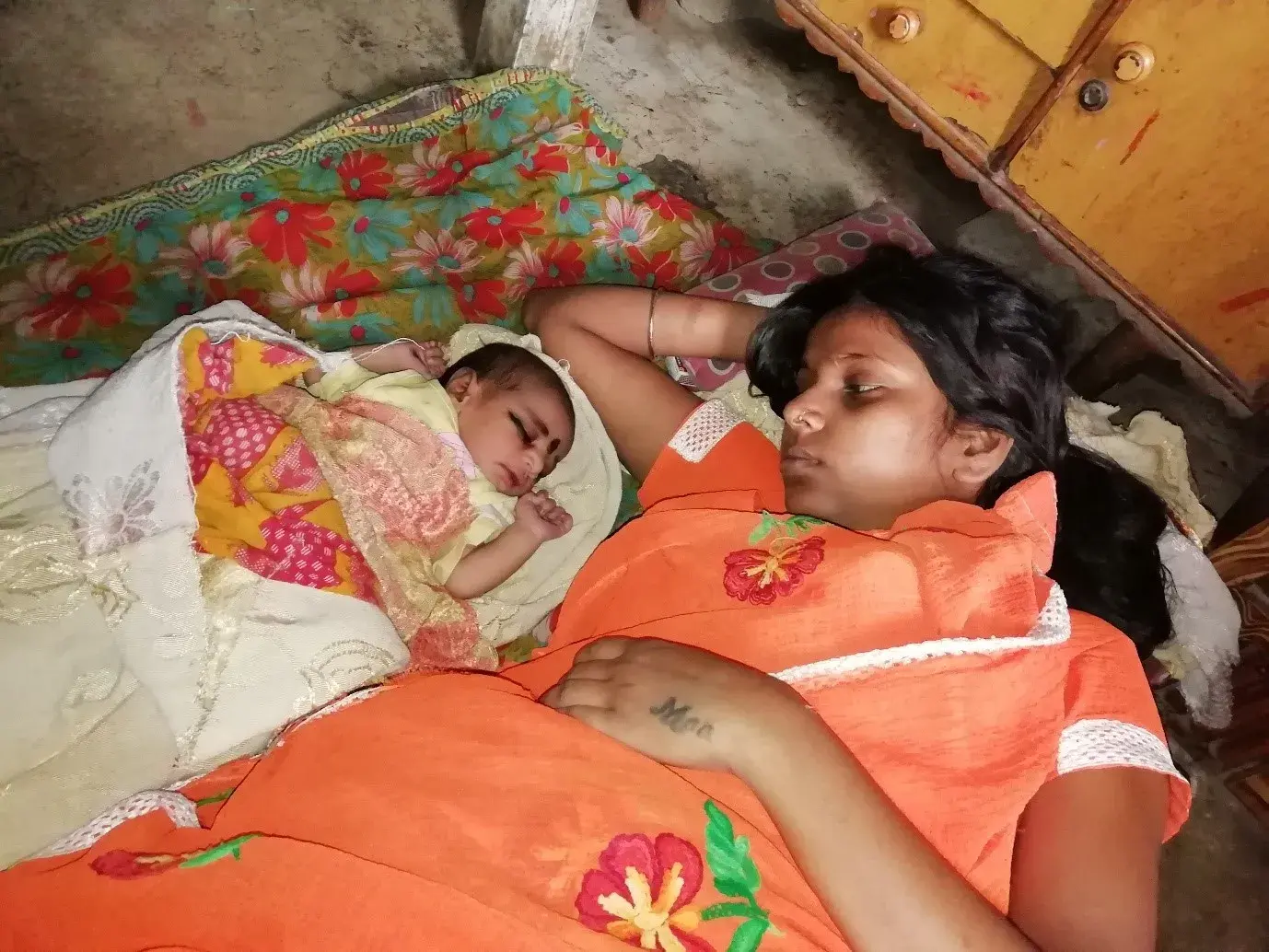BANGKOK—More midwives and midwifery services could reduce maternal and newborn deaths by two thirds, saving millions of lives each year, according to a new report. The State of the World’s Midwifery 2014, released yesterday, calls for urgent investment in midwifery training and high-quality care in low- and middle-income countries that have critical gaps in health resources and infrastructure.
The report focuses on 73 countries that account for 96 per cent of women’s deaths during pregnancy and childbirth but have only 42 per cent of the world’s midwives, nurses and doctors. Four fifths of the countries are severely challenged in their ability to provide proper care to women and newborns, especially in poor, remote and marginalized communities.
Investing in midwives can yield enormous returns—as much as 1,600 per cent, the report says, citing a recent study in Bangladesh. It estimated that the 500 students enrolled in the country’s four-year midwifery programme last year could help to reduce the country’s maternal mortality by 80 per cent and infant mortality by 75 per cent over their career span of 30 years, a potential saving of 36,000 lives.
UNFPA, the United Nations Population Fund; the International Confederation of Midwives (ICM); the World Health Organization (WHO), and partners collaborated on the report, subtitled A Universal Pathway – A Woman’s Right to Health.
Although maternal and newborn deaths have been declining steadily since 1990, too many women and infants continue to die during or soon after pregnancy. In 2013, an estimated 289,000 women and 2.9 million newborns died—the vast majority due to complications or illnesses that could have been prevented with proper antenatal care or the presence of a skilled midwife during delivery.
Still, there has been visible progress made since the first State of the World’s Midwifery report in 2011. Thirty-three of the 73 countries covered have acted to improve workforce retention in remote areas, and 20 are increasing the recruitment and deployment of midwives. Additionally, 52 countries have improved education standards and data collection to address health staff shortages.
Midwives, when educated and trained to international standards, can perform about 90 per cent of the essential care women and newborns require.
To fully implement quality midwifery care, the report calls on countries to expand training, provide fair compensation for midwives, and ensure that no mother is denied care due to a lack of funds. Dispelling common misconceptions that keep women from seeing midwives is also critical.
The Bangladesh study looked at the four-year Community-based Midwifery Diploma Programme started in 2011 and found it would save money as well as lives. It estimated that educating 500 midwives at a cost of $5,300 per year could reduce Caesarean sections by 25 per cent, turning a $7.9 million investment into savings of $128 million over 30 years.
Other Asia-Pacific countries covered in the report include Cambodia, India, Indonesia, Lao People’s Democratic Republic, Myanmar, Nepal, Papua New Guinea, Solomon Islands and Viet Nam.
For more information, contact:




